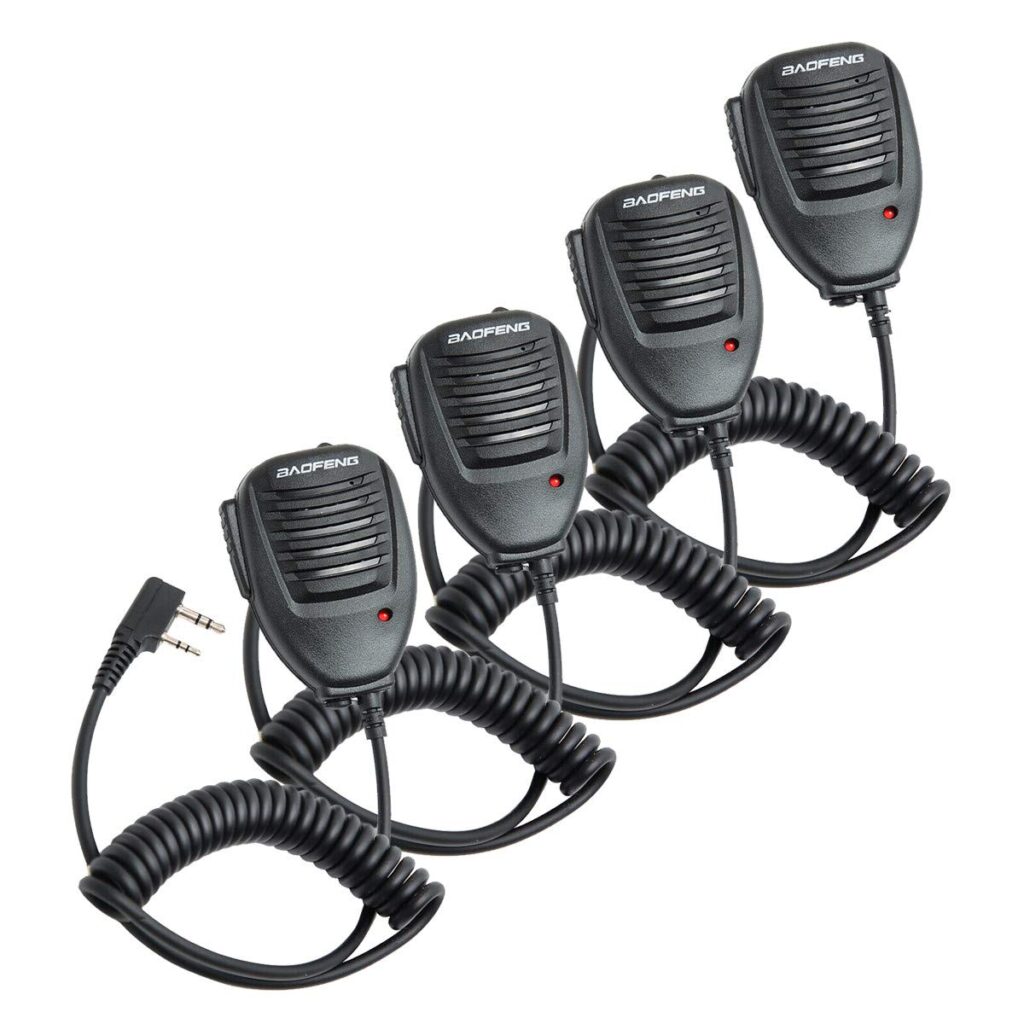
When it comes to radio communication, having a high-quality microphone is essential. A good microphone can make a big difference in the clarity and quality of your communication, especially in noisy or crowded environments. In this article, we will take a look at some of the key factors to consider when choosing a microphone for your radio communication needs.
First, consider the type of microphone. There are several different types of microphones available, including dynamic, condenser, and ribbon. Dynamic microphones are generally considered to be the most durable and are well-suited for use in loud environments. Condenser microphones are known for their high sensitivity and wide frequency response, making them a good choice for capturing subtle nuances in your voice. Ribbon microphones are highly sensitive, and have a unique, natural-sounding warmth that can be ideal for certain types of radio communication.
Next, take a look at the directionality of the microphone. There are three basic types of microphone directionality, Omnidirectional, Uni-directional, and Bi-directional. Omnidirectional microphones pick up sound from all directions, making them ideal for group settings or for use in crowded environments. Uni-directional microphones, such as the popular cardioid pattern, only pick up sound from the front of the microphone, which is useful in noisy environments or when you want to eliminate background noise. Bi-directional microphones, also known as figure-8 patterns, pick up sound from the front and back of the microphone, so it might be useful in certain scenarios.
Additionally, consider the microphone’s sensitivity. The sensitivity of a microphone is measured in decibels, and it indicates how well the microphone will pick up a given sound level. The higher the sensitivity, the more sensitive the microphone is to soft sounds, but it can also pick up more background noise. Lower sensitivity microphones will require you to speak louder but might help in eliminating background noise.
Another factor to consider is the connector type. This is the connection that the microphone uses to connect to your radio. There are a variety of connector types available, including XLR, 1/4-inch, and 3.5mm. Make sure that the microphone you choose has the same connector type as your radio, or that you have an adapter to connect the two.
Lastly, you might want to consider the microphone’s durability. If you’re going to be using your microphone in harsh or rugged conditions, you’ll want to choose one that is built to withstand a bit of wear and tear. Look for features such as weather-resistant construction, shock mounts, and built-in pop filters.
In conclusion, choosing a microphone for your radio communication needs is an important decision that can greatly impact the clarity and quality of your communication. Factors such as the type of microphone, directionality, sensitivity, connector type, and durability should all be considered when making your choice. By keeping these factors in mind, you’ll be well on your way to finding a microphone that will meet your needs and help you communicate effectively.

